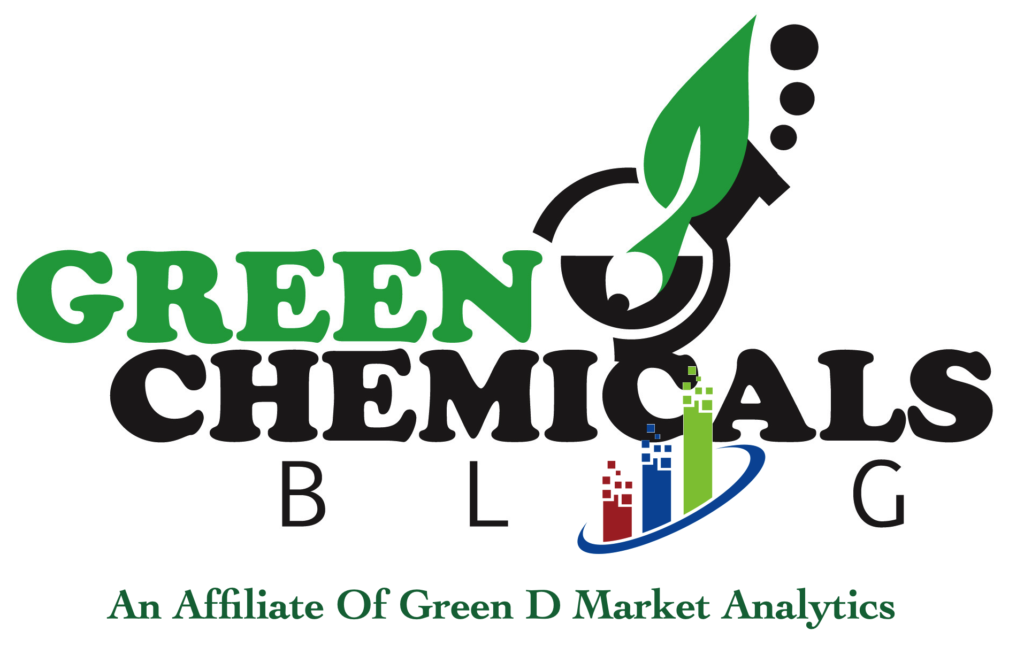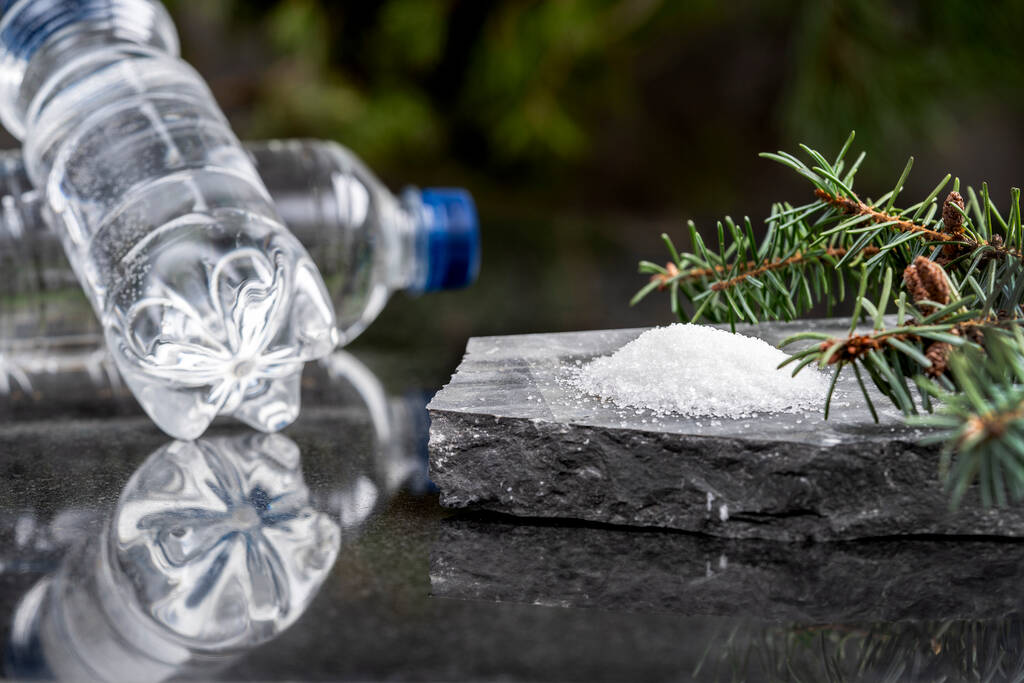I hope you were able to check out our new Bio-Materials & Intermediates report offering via Tecnon OrbiChem’s website. We have been working on this project since March and we would love to get your feedback (and of course your subscription!) on this one.
Meanwhile, I had to delay posting this news last week as I was waiting for BASF to respond to several questions that I have regarding their biobased acrylic acid milestone with partners, Novozymes and Cargill.
The companies announced on July 3 that it was able to successfully produce 3-hydroxypropionic acid (3-HP) in pilot scale, about larger kilogram scale to be exact, according to a BASF spokesperson. 3-HP is a precursor to producing acrylic acid.
The companies have already established several technologies to dehydrate 3-HP to acrylic acid at lab scale. BASF is looking to use a 100% biobased acrylic acid as raw material to manufacture their superabsorbent polymers (SAPs). BASF claimed to be the world’s largest producer of acrylic acid and said that it has substantial capabilities in its production and downstream processing. SAPs are used mainly in baby diapers and other hygiene products.
The BASF spokesperson said it’s initial goal is to internally use the bio-acrylic acid developed from the partnership in order to manufacture SAPs. Commercial availability of bio-acrylic acid and other downstream products (e.g. acrylates) will depend on the progress of the project and demand from the market, the spokesperson said.
The partnerships are looking to next level of scale-up for the entire process in 2014 although the spokesperson did not disclose any specific on capacity goal for biobased acrylic acid.
BASF’ said the bio-based acrylic acid should meet the specification for the company’s existing downstream conversions. Acrylic acid is currently produced via oxidation of propylene. The only company currently ahead in the development of biobased acrylic acid is OPX Biotechnologies in partnership with Dow Chemical, another major player in petroleum-based acrylic acid production.
OPXBio noted in May at the Roquette Green Chemistry Symposium that the company is within 80-90% of its commercial goals and is ready to start scaling up its 3,000 liter fermentation capacity to around 20,000-50,000 liters over the next 12 months.
OPXBio is now looking for its second demo plant at 20,000-liter scale (600K lb/year) by 2013-2014. Commercial plant of 100m lb/y is expected within the 2016-18 time frame.
Current and potential bioacrylic acid customers will dictate where the commercial plant will be built, according to OPXBio. The company said the acrylic acid market in general is growing faster in the Far East Asia and Latin America while North American growth is just around 1%.
OPXBio is already sending out their bioacrylic acid samples to their strategic lead customers for testing. The company said they can also sell their 3-HP but that is not their core strategy. 3-HP can also be further derivatized into other chemicals such as 1,3 propanediol (PDO), acrylamide, propiolactone, acrylonitrile, methyl acrylate, ethyl 3-HP and malonic acid.





One response to “BASF, Cargill, Novozymes bio-acrylic acid milestone”
I read with pleasure the fresh news on the production of 3-hydroxypropionic acid by a biotech process (Novozimes & Cargill), as a precursor for acrylic acid production.
It would be interesting to know something about the raw materials used for the biotech process and the economy value behind that process